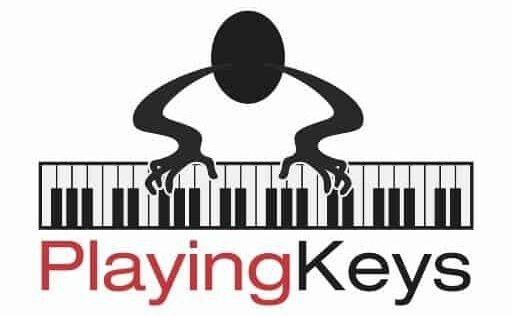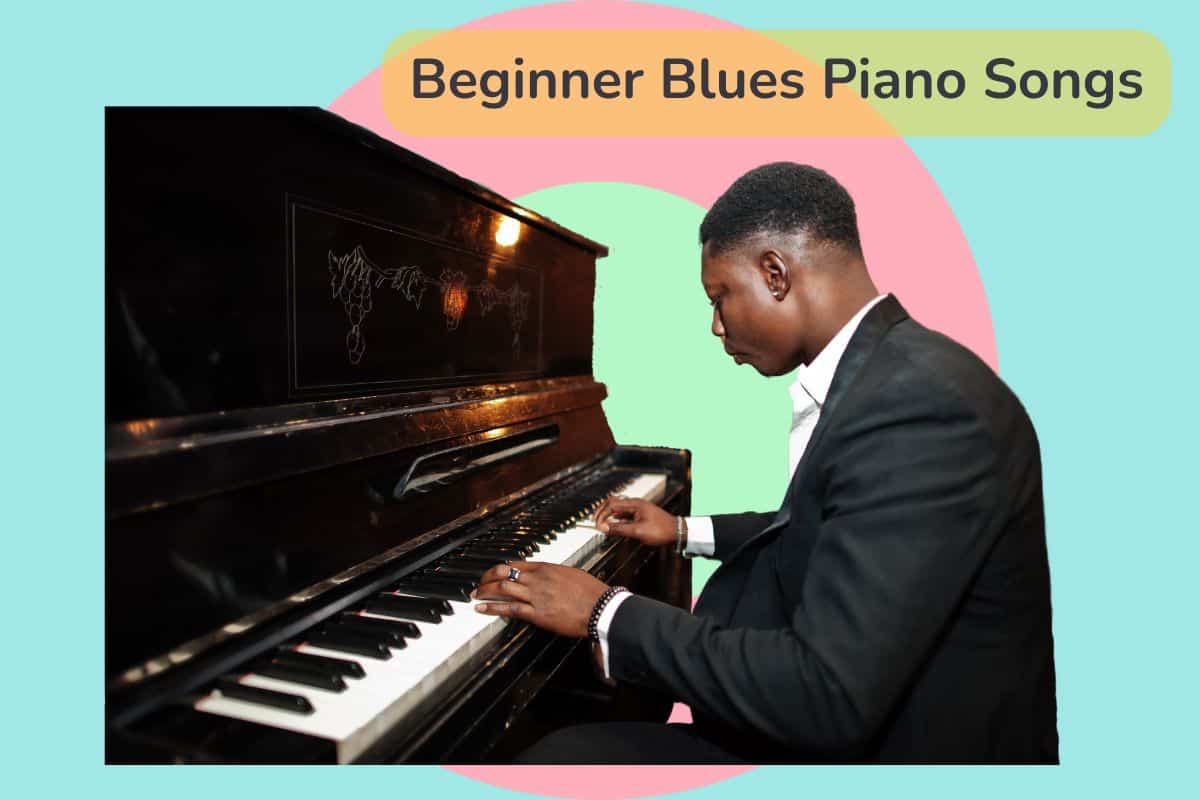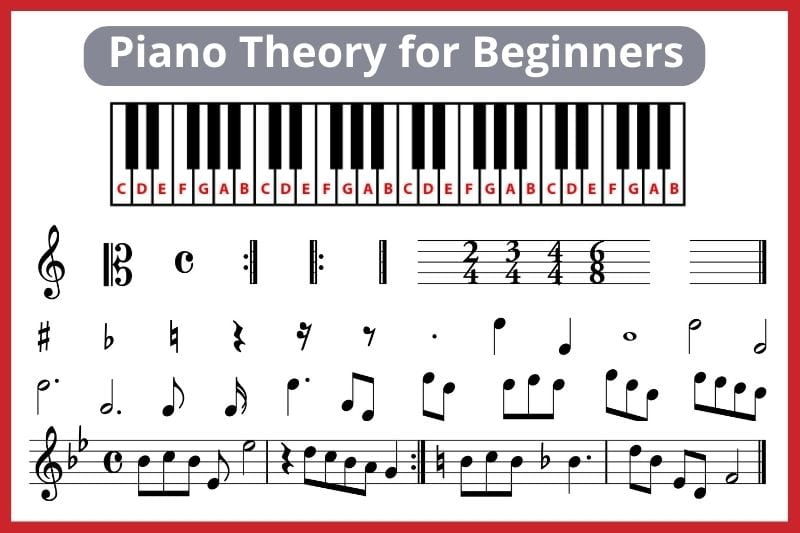Learning to play jazz piano is a journey that intertwines the discipline of practice with the spontaneity of the genre itself. Unlike classical piano, jazz is all about improvisation, creating music that’s as much about feeling as it is about technique.

The time it takes to learn jazz piano can vary widely depending on several factors, including your previous experience with the piano, your understanding of music theory, and most importantly, the amount of time you devote to practice. It’s not just about learning songs; it’s about exploring the language and structure of jazz music, and how it allows for personal expression within that framework.
Some might find themselves comfortable with the basics within a few months, while others may take years to feel confident in their abilities. The key is consistent and focused practice—immersing yourself in the sound of jazz, learning from other musicians, and embracing the process of growth. Remember, learning jazz piano isn’t a race; it’s a musical adventure that’s as much about the process as it is about the outcome.
Essential Skills for Jazz Pianists
Becoming proficient in jazz piano involves mastering a set of specific technical skills. Below are the main areas you’ll want to focus on to develop your jazz playing.
Mastering Jazz Scales and Modes
To effectively improvise, you need to be comfortable with jazz scales and modes. Improvisation often relies on scales like:
- Major scale: The foundation for understanding other scales.
- Blues scale: Essential for creating that bluesy jazz feel.
- Dorian, Mixolydian, and Locrian modes: These modal scales are used to navigate through chord changes and create tension and release.
Each scale provides a different sonic palette for creating melodic lines and should be practiced in all keys.
Jazz Chord Structures and Voicings
Understanding and utilizing jazz chords is imperative for harmonic development. Jazz chord progressions often feature:
- ii-V-I progression: The backbone of many jazz standards.
- Chord tones and extensions: Using the 7th, 9th, 11th, and 13th to enrich the chords.
- Shell voicings: A simplified way to play chords that emphasize the root, third, and seventh.
Rhythm and Timing in Jazz
The feel of jazz is heavily influenced by its rhythm and timing. Strong jazz pianists are adept at:
- Playing syncopated rhythms: Placing emphasis on the off-beats to create a unique jazz feel.
- Mastering swing timing: Understanding the nuanced difference between straight and swing eighth notes.
- Comping: Playing chords in a rhythmically compelling way to support soloists.
Your sense of timing is critical for both soloing and accompanying, ensuring cohesion with the band and enhancing the overall groove.
Developing Effective Jazz Practice Routines
To master jazz piano, it’s essential you craft a practice routine that’s both engaging and methodical. This will pave the way for steady progress and a deeper understanding of jazz.
Setting Realistic Goals and Milestones
Before you hit the keys, define what you want to achieve. For beginners, it may be learning the 12 major scales. For intermediate players, it could extend to mastering a set of jazz standards. Set milestones like:
- Learn and perfect one jazz standard per week.
- Master a new scale or chord voicing biweekly.
This helps you track your progress and keeps you motivated.
Incorporating Listening and Transcribing
Don’t just play; listen. Spend part of your practice time engulfed in the works of jazz legends. Active listening is key; focus on the structure, the solos, even the bass lines. Transcribe solos to develop your ear and understand phrasing. You’ll find that regular listening and transcribing:
- Enhances your musical intuition.
- Offers new ideas for improvisation.
Managing Practice Time Efficiently
Your practice time is precious, so make it count. A one-hour session could look like this:
- 15 minutes of scales and arpeggios.
- 20 minutes of learning new material or transcribing.
- 25 minutes of improvisation or playing along with records.
Use a timer to keep track of each activity. Regular practice, even in shorter sessions, is better than irregular, longer sessions.
Progressing from Beginner to Advanced
Transitioning through the levels of jazz piano proficiency is a journey that demands your patience and dedication. You’ll encounter specific challenges, adopt new techniques, and embrace deeper jazz concepts as you move from beginner to advanced levels.
Overcoming Challenges for Beginners
When you’re just starting out, the challenge is to get comfortable with the basics. Practice is key here. As a beginner, make sure you’re familiar with all 12 major scales, as they form the foundation for jazz melodies and improvisation.
You should allocate time each day to practicing these scales and basic piano techniques. Patience is essential; even if progress seems slow, remember that every jazz pianist started where you are.
It’s about setting a solid groundwork and building your motivation through achievable milestones.
Jazz Piano Techniques for the Intermediate Level
Once you’ve nailed the basics, it’s time to dive into intermediate techniques. At this stage, focus on:
- Chord Voicings: Learn different ways to voice chords to make your playing sound more interesting.
- Improvisation: Start with simple improvisations over blues progressions and gradually incorporate more complex chord changes.
- Rhythm and Timing: Jazz has a distinct swing feel. Work on syncing your playing with different rhythms and tempos.
Devote 5 to 15 minutes on each theory drill before moving on to the next. This balanced practice approach ensures the well-rounded development of your abilities.
Advanced Conceptual Understanding and Application
Advancement to higher jazz proficiency requires a deep conceptual understanding. You’re no longer just playing; you’re expressing and experimenting. Here, you’ll tackle advanced topics such as:
- Modal Jazz: Delve into playing over modes, creating a different feel and color in your improvisations.
- Advanced Improvisation: Use your knowledge of scales, chords, and rhythms to create more sophisticated improvisational lines.
- Playing with Others: Take the opportunity to play in ensembles. It’s a different ball game when responding to and complementing other musicians in real-time.
Advanced players exhibit a balance of knowledge, technique, and emotional expression, often taking years of dedicated practice and playing to achieve. Your continued effort and a love for jazz will propel you through this exhilarating phase of your journey.
Learning Jazz Piano Songs and Standards
When you’re diving into jazz piano, get to grips with jazz standards as they form the backbone of your repertoire. These pieces showcase classic chord progressions and melody lines that you’ll encounter frequently.
Anatomy of a Jazz Standard
Chord Symbols: The essence of a jazz standard is condensed into its lead sheet. Here, you’ll find the chord symbols that act as a guide through the harmonic structure of the song. Understanding and interpreting these symbols is key to mastering tunes like “Autumn Leaves” or “All the Things You Are.”
Lead Sheets: A lead sheet spells out the melody and the accompanying chords of a jazz tune. For a classic like “Fly Me to the Moon,” the lead sheet offers a roadmap, allowing you to explore and eventually internalize the fundamental progression that defines the song.
Learning Iconic Tunes and Progressions
Iconic Tunes: Start with well-known jazz tunes that every musician should know. “Autumn Leaves” and “Satin Doll” provide a solid foundation with their memorable progressions and harmonies. Each tune you learn will offer unique challenges and learning experiences.
Progressions: Familiarize yourself with common progressions found in many jazz standards. For example, the ii-V-I progression is a cornerstone in tunes like “Fly Me to the Moon,” offering you practice in one of jazz’s most ubiquitous sequences.
Memorization and Performance Techniques
Memorization: Memorizing jazz standards is a step beyond simply playing them. Start by internalizing the chord changes and the melody. Then, use the lead sheet minimally, until you can navigate the song confidently without it.
Performance Techniques: To perform confidently, you must be able to blend the memorized elements of a song—its chords, melody, and structure—with your own expressions. This means interpreting the tune in a way that feels personal and engaging, making standards like “All the Things You Are” truly your own.
Frequently Asked Questions
Here are the answers to some common questions on this topic.
What is the expected time commitment for becoming proficient in jazz piano?
To become proficient in jazz piano, you’re generally looking at a commitment of several years. This time frame assumes dedicated practice, listening to jazz regularly, and understanding and employing jazz theory into your playing.
Can the timeline for learning jazz piano vary between individuals with different musical backgrounds?
Absolutely, your existing musical expertise can significantly impact your learning curve. Someone with a background in music theory or other instruments might grasp concepts faster than a complete novice.
What are the stages of learning jazz piano, and how much time does each stage take?
The stages can include initial theory and technique, which might take a year or more; expanding your repertoire and improvisation skills, which can take another couple of years; and mastering expression and personal style, which is an ongoing process.
How does the complexity of jazz piano compare to learning other instruments like guitar or dance?
Jazz piano demands a deep understanding of harmony and rhythm, often making it more complex than learning basic guitar chords or the foundational movements of dance. However, the comparison largely depends on the style and level of expertise aimed for in each discipline.
Does the learning curve for jazz piano differ from that of classical piano?
Yes, the learning curve does differ. While both require a strong technical base, jazz piano leans more towards improvisation and a different set of chord voicings, scales, and rhythmic styles, contrasting the more structured and written nature of classical piano.




